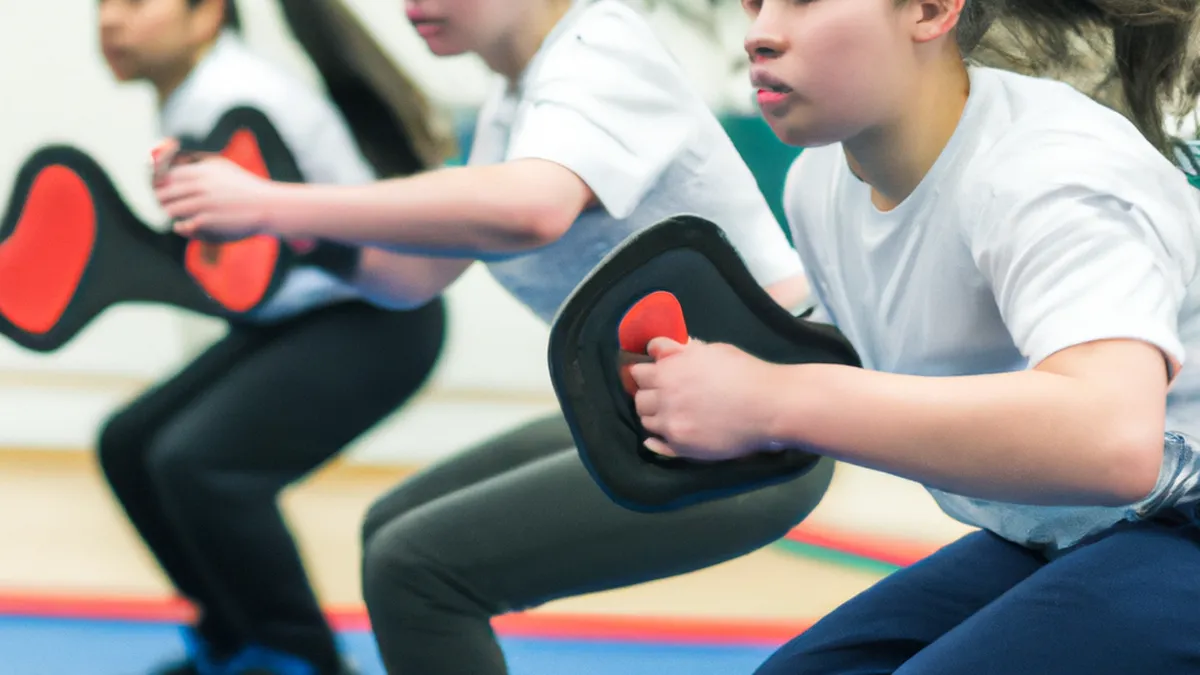Benchmarks for Flexibility and Performance
Flexibility Benchmarks for Injury PreventionFlexibility significantly impacts athletic performance and injury prevention. Achieving good flexibility enhances movement efficiency and reduces injury risk. This post explores flexibility benchmarks, improvement strategies, and the benefits of maintaining flexibility.
Understanding Flexibility
Flexibility defines the range of motion in joints and muscles. It helps you perform daily activities and athletic tasks efficiently. A flexible body adapts to various movements, minimizing injury risk. Lack of flexibility can lead to tight muscles, strains, or tears. Flexibility involves more than just touching your toes; it includes the entire kinetic chain of muscles and joints. Assessing and improving flexibility requires a holistic approach.
Key Flexibility Benchmarks
Use these benchmarks to measure your flexibility accurately:1. **Sit and Reach Test**: This test measures lower back and hamstring flexibility. A score of at least 12 inches indicates good flexibility. If you score lower, targeted stretching can help.2. **Overhead Squat**: This assessment evaluates overall body flexibility and balance. Perform a squat while keeping your heels down and arms overhead. Difficulty maintaining form may indicate tightness in hips, ankles, or shoulders.3. **Shoulder Flexibility Test**: Test your shoulder flexibility by reaching one arm over your shoulder and the other behind your back. Ideally, your fingers should touch or cross. Inability to do so may signal shoulder joint or upper back tightness.4. **Hip Flexor Stretch Test**: Kneel on one knee and push your hips forward. Feel a stretch in the back leg’s hip flexor. Hold this position for at least 30 seconds to gauge flexibility. Many people experience tight hip flexors from prolonged sitting.These benchmarks provide a foundation for your flexibility training. If you struggle to meet these standards, remember that flexibility improves with consistent practice.
Tips for Improving Flexibility
As an Amazon Associate I earn from qualifying purchases.
Gear tip: consider stretching strap, storage crate, and clipboards bulk to support this topic.
Incorporate these strategies into your routine to enhance flexibility:
1. Consistent Stretching
Establish a consistent stretching routine. Aim for 10-15 minutes of stretching daily, focusing on major muscle groups like hamstrings, quadriceps, back, and shoulders. Include both dynamic and static stretching for optimal results. Use dynamic stretches as part of your warm-up and static stretches after your workout.
Conclusion
In summary, flexibility plays a critical role in athletic performance and injury prevention. Embrace benchmarks and strategies to enhance your flexibility. Consistent practice yields significant benefits.
Below are related products based on this post:
FAQ
What is flexibility and why is it important?
Flexibility defines the range of motion in joints and muscles, which is essential for performing daily activities and athletic tasks efficiently. A flexible body can adapt to various movements, significantly minimizing the risk of injury. Without adequate flexibility, individuals may experience tight muscles, strains, or tears.
What are some key benchmarks for measuring flexibility?
Key benchmarks for measuring flexibility include the Sit and Reach Test, Overhead Squat, Shoulder Flexibility Test, and Hip Flexor Stretch Test. Each test assesses different areas of flexibility and can help identify specific tightness in muscles or joints. Meeting these benchmarks indicates good flexibility, while struggling with them may suggest areas for improvement.
How can I improve my flexibility?
Improving flexibility involves establishing a consistent stretching routine, aiming for 10-15 minutes of stretching daily. Focus on major muscle groups and incorporate both dynamic stretches during warm-ups and static stretches after workouts for optimal results. Regular practice is key to achieving significant improvements in flexibility.















Post Comment